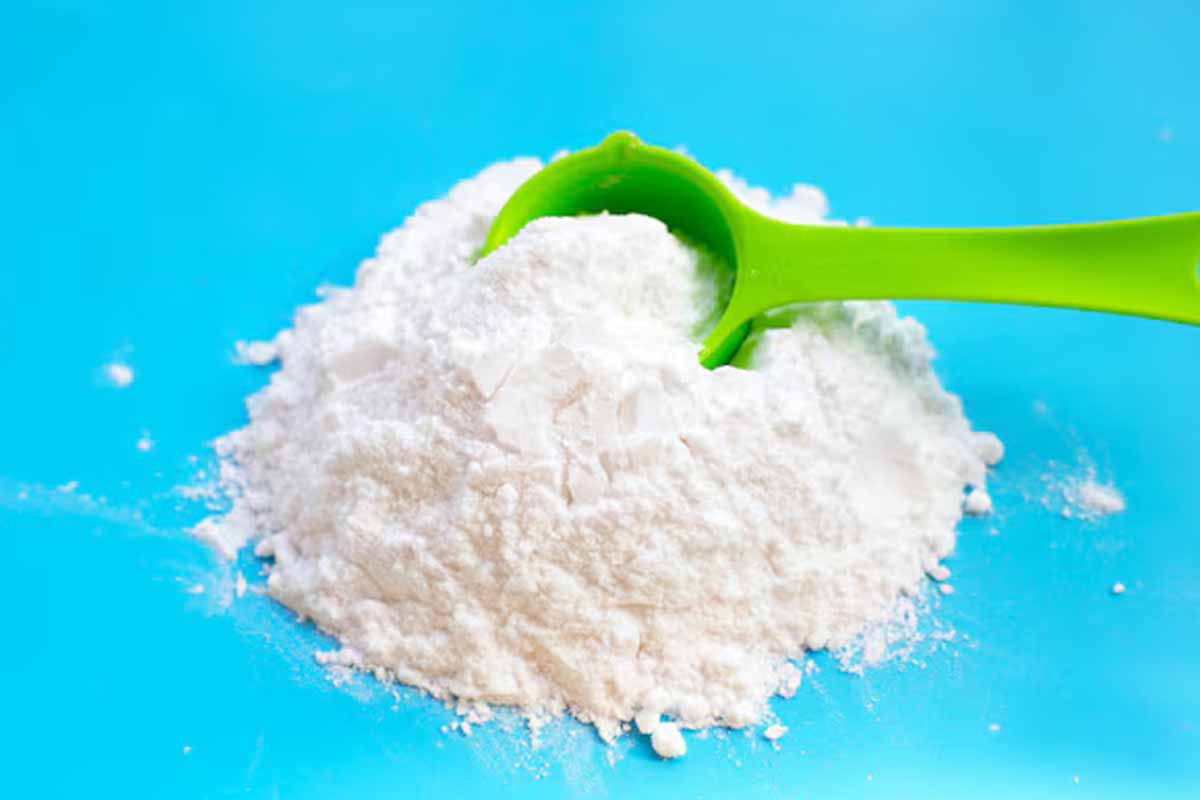A quick lift in recall can change daily life, because memory guides choices, confidence, and independence. New evidence shows that a widely available supplement may move the needle fast, while the brain still adapts. The effect appears through the gut–brain axis, so tiny shifts in microbes ripple into cognition. The signal looks real, the routine stays simple, and the timeline is short enough to matter right now, without costly tools or clinic visits.
Why gut–brain signals matter for memory later in life
The gut talks to the brain through nerves, immune cues, and hormones, so food can shape how we think. Fibers that we do not digest feed microbes, which then make short-chain fatty acids and other helpful metabolites. Those compounds reach neural circuits that store and link new facts.
A randomized twin study tested this idea in older adults. Each pair included one participant on prebiotic fibers and one on placebo, which kept genes and early life factors balanced. Everyone also used a simple protein powder and easy strength moves at home for fairness.
The 12-week protocol ran remotely with video check-ins, mailed kits, and online tasks. Researchers measured stool microbes and cognition with validated tools. The twin design cut background noise, so any difference between co-twins likely came from the fiber routine rather than shared habits.
How a daily supplement plus light exercise shaped cognition
Participants took inulin with fructooligosaccharides or placebo, then mixed the same branched-chain protein powder, so nutrition stayed aligned. Light resistance moves kept activity steady, which helped isolate effects from the fiber itself. Because visits ran online, travel barriers dropped and adherence stayed high across the three months.
After 12 weeks, the active group showed better scores on a combined cognition factor. They also made fewer errors on the Paired Associates Learning task, a test that flags early episodic memory change. That pattern fits decades of data showing this task catches subtle issues before standard clinic scales do.
Microbes moved in plausible ways. Bifidobacterium, a classic fiber fermenter, increased, while overall diversity stayed stable. People tolerated the routine well, with only mild, expected digestive complaints. The setup looked friendly, because the steps were simple, the materials were common, and the feedback loop was clear.
What changed in the microbiome and why it matters
Prebiotics are fuel for microbes, not for us, so bacteria ferment them into small molecules that signal widely. Those molecules support synaptic plasticity, which helps link locations and patterns into new memories. The shift toward fiber lovers matches what controlled trials report when inulin and related fibers enter the diet.
Cognition moved while muscle strength did not, which makes sense because brain circuits can adjust fast while muscle adapts slower. The test window was short, so memory had time to budge, while chair rise time likely needed longer. That contrast points to different timelines for neural and physical change.
Adherence matters for any routine. Because the plan was easy and remote, people stuck with it, which protects internal validity. The twin design added another layer of control, since genes and early family factors matched. Together, those choices improved confidence that the fibers drove the memory gains.
Where the supplement helped, and where it did not
The active group improved on memory tests tied to early Alzheimer’s-related change, and that detail matters for prevention goals. Small gains on tasks that form new links may translate into fewer everyday slips, because those tasks mimic real-world pairing of names and places. The effect arrived in only 12 weeks.
Muscle metrics, including chair rise time, did not improve over the same period. Short trials often struggle to move strength in older adults, even with protein and simple exercise. The authors note that longer windows usually reshape muscle, while three months still allow cognitive shifts through rapid neural plasticity.
Safety and acceptability looked strong across the cohort. Most reported only mild digestive symptoms, which matches fiber’s known profile. The routine used common fibers that are sold over the counter, so access stays broad. Because costs remain low, communities could test scale-up models without heavy budgets or complex logistics.
What these results mean for risk of dementia over time
This was a well-controlled randomized trial with a clever within-family design and validated cognitive outcomes. The cohort was modest and mostly female, so future work should widen age, sex, and health status. The findings apply to healthy older adults, not to people with diagnosed dementia, which sets proper bounds.
Daily life outcomes were not the primary end points, so we cannot say whether fewer memory lapses followed in homes. Diet, drugs, and baseline microbiomes differ widely, which likely shapes response. Larger samples and longer follow-up can test durability at six and twelve months, then link lab gains to real tasks.
Next steps look clear: compare fiber types, doses, and durations head to head, while mapping which metabolites rise and which brain networks respond. Remote designs lower burden and improve inclusion, so trials can grow fast. Because the supplement is safe and affordable, community settings can join rigorous testing soon.
A clear next step for brain health without overselling
Healthy aging needs tools that work, cost little, and fit daily life. This controlled trial points to a simple path where a targeted supplement nudges memory in weeks, while risks stay low. People, caregivers, and clinicians can watch this space as larger trials ask if early gains last and translate into everyday wins.
